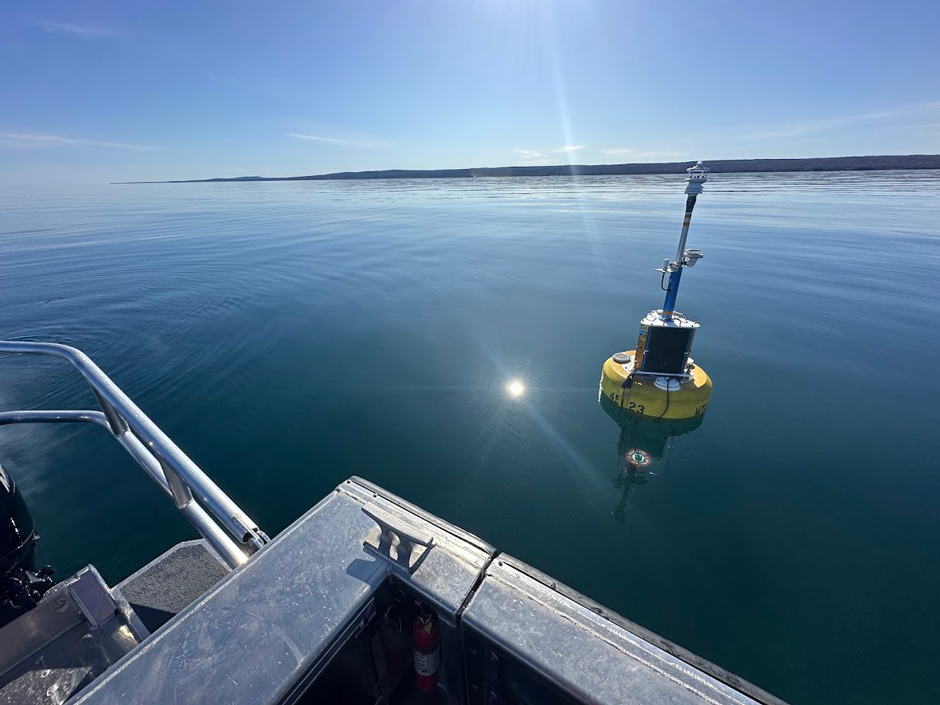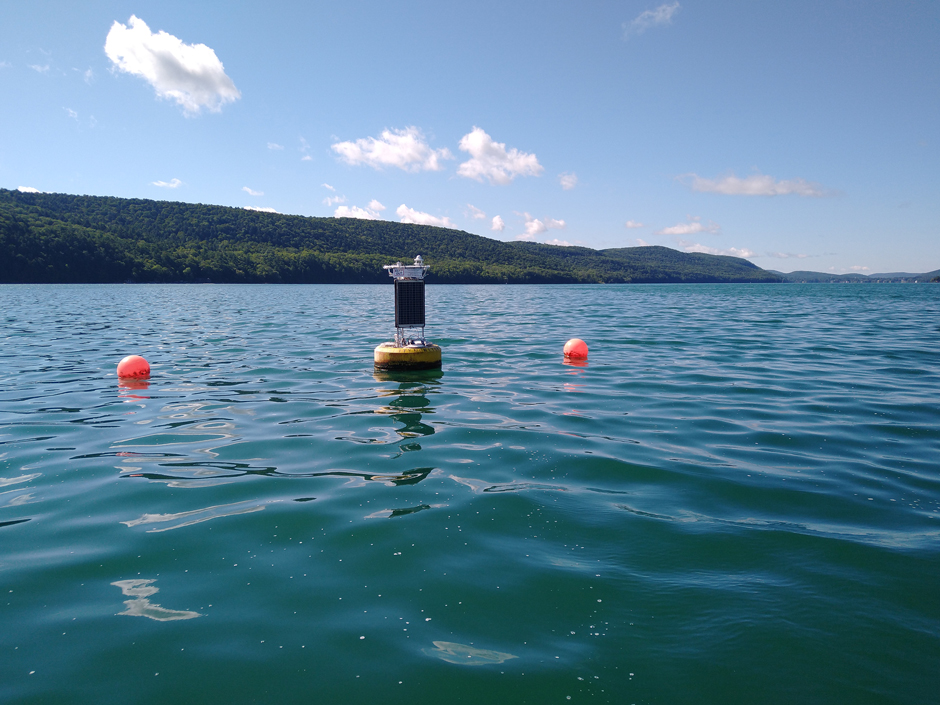Posts for tag "real-time"
Safeguarding Communities with Real-Time Flood Monitoring in the City of Hazelwood
The City of Hazelwood is a suburb in St. Louis County, Missouri, home to around 25,500 people. Recently, the community has suffered increased flash flooding following severe storms, prompting the need for the installation of a flood...
- Posted April 7, 2025
Great Lakes Research Center: Designing Targeted Monitoring Solutions
According to the National Oceanic and Atmospheric Administration (NOAA), the Great Lakes have more miles of coastline than the contiguous Atlantic and Pacific coasts combined and contain 20 percent of the world’s freshwater, making it a critical...
- Posted March 17, 2025
Monitoring Meadowbrook Creek: Real-Time Data Collection in an Urban Creek
Meadowbrook Creek in Syracuse, New York, has been monitored by Syracuse University (SU) faculty and students for over a decade. Originally established by Dr. Laura Lautz in 2012, the early years of the program focused on collecting...
- Posted March 10, 2025
Lancaster County Makes the Switch to Real-Time Water Quality Monitoring Systems
Continuous data collection in Lancaster County, Pennsylvania, started about 5 years ago, and the county will be making a major upgrade over the next year—switching from relying solely on the internal storage of water quality sondes to...
- Posted March 3, 2025
NexSens X3 Data Logger Review
Extreme environments meet extreme design with the NexSens X3 Data Logger. The new logger offers the latest in real-time monitoring technology with wireless communication, a large plug-and-play sensor library and ultra-low power consumption, all in a waterproof...
- Posted January 13, 2025
Monitoring OAE Efforts in Halifax: Fighting Climate Change with Emerging mCDR Strategies
Marine carbon dioxide (CO2) removal (mCDR) is an emerging strategy that aims to fight climate change by taking advantage of the carbon capture potential of our oceans. There are multiple types of mCDR approaches being evaluated globally,...
- Posted December 23, 2024
Cal Poly, San Luis Obispo Manages Monitoring Efforts in Morro Bay
California Polytechnic State University, San Luis Obispo (Cal Poly, SLO), has been monitoring Morro Bay for decades, and while the monitoring program has changed over the years, the dedication to monitoring the bay has remained the same....
- Posted November 18, 2024
Building Reliable Systems: Hydroelectric Dam Monitoring in Western Pennsylvania
Hydroelectric dams are a source of renewable energy, and many have taken the place of fossil fuel reliance across the United States. While they provide green energy to the grid, they also impact the environment above and...
- Posted November 27, 2023
Choosing the Right Water Quality Monitoring Systems Is Crucial for Stantec Inc.
Data is king when it comes to water quality monitoring, and Stantec Inc. is committed to providing consistent quality data in real-time.
- Posted September 11, 2023
Before and After Harmful Algal Blooms: Long-Term Monitoring and Modeling in Otsego Lake
Throughout the years, harmful algal blooms (HABs) in the Laurentian Great Lakes have been meticulously documented and closely studied due to their annual appearance across the basin. While these blooms have become a recurrent issue in the...
- Posted August 28, 2023
Protecting the Caloosahatchee Estuary: Marine Water Quality Systems in Southwest Florida
The Sanibel-Captiva Conservation Foundation is dedicated to monitoring the impact of inland water flow to the Caloosahatchee Estuary.
- Posted August 21, 2023
Lake Michigan’s Smarter, Streamlined Buoys
New, smarter buoys were deployed on Lake Michigan this summer, so EM spoke to an engineer who helped design them and a scientist using their data.
- Posted November 5, 2018
Clean Water AI Puts Prevention of Waterborne Disease in the Palm of Your Hand
An independent developer used an AI Stick, a laptop, and a microscope camera to create a clean water AI device that detects and maps bacteria in real-time.
- Posted May 3, 2018
Expedition Off Canadian Coast Livestreams Previously Unseen Views of the Sea
This March, an expedition off the central Canadian coast captured and livestreamed never before seen views of the deep waters and reefs in the areas with a specialized camera.
- Posted March 28, 2018
First Global Water Monitoring Tool is Live: World Water Quality Portal in Action
The UN’s World Water Quality Portal will allow scientists and other decision makers to monitor certain water quality indicators remotely in real-time.
- Posted February 26, 2018
Researchers Develop Handheld Water Quality E. coli Sensor for Real-Time Results
Researchers have developed a handheld water quality E. coli sensor that delivers real-time results cheaply.
- Posted February 8, 2018


















